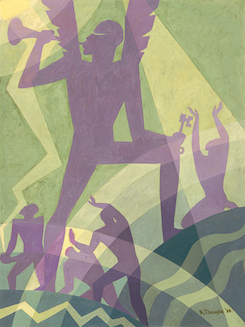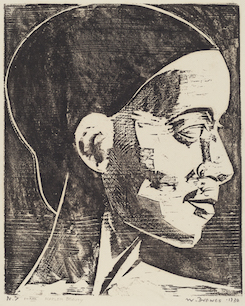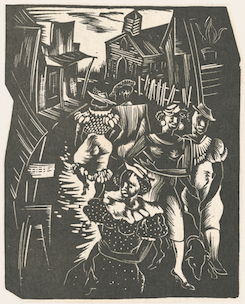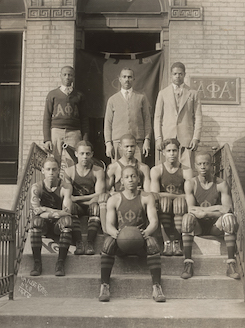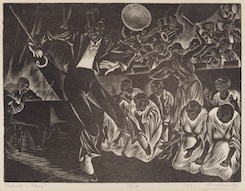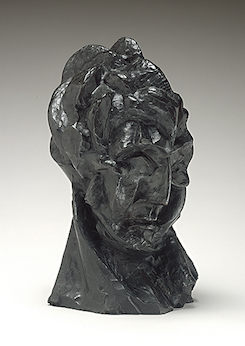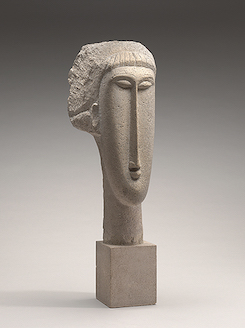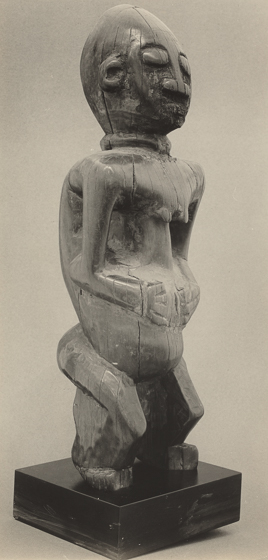How do visual artists of the Harlem Renaissance explore black identity and political empowerment?
How does visual art of the Harlem Renaissance relate to current-day events and issues?
How do migration and displacement influence cultural production?
“I believe that the [African American’s] advantages and opportunities are greater in Harlem than in any other place in the country, and that Harlem will become the intellectual, the cultural and the financial center for Negroes of the United States and will exert a vital influence upon all Negro peoples.” —James Weldon Johnson, “Harlem: The Culture Capital,” 1925
The Harlem Renaissance was a period of rich cross-disciplinary artistic and cultural activity among African Americans between the end of World War I (1917) and the onset of the Great Depression and lead up to World War II (the 1930s). Artists associated with the movement asserted pride in black life and identity, a rising consciousness of inequality and discrimination, and interest in the rapidly changing modern world—many experiencing a freedom of expression through the arts for the first time.
While the Harlem Renaissance may be best known for its literary and performing arts—pioneering figures such as Langston Hughes, Zora Neale Hurston, Duke Ellington, and Ma Rainey may be familiar—sculptors, painters, and printmakers were key contributors to the first modern Afrocentric cultural movement and formed a black avant-garde in the visual arts.
Sculptor




